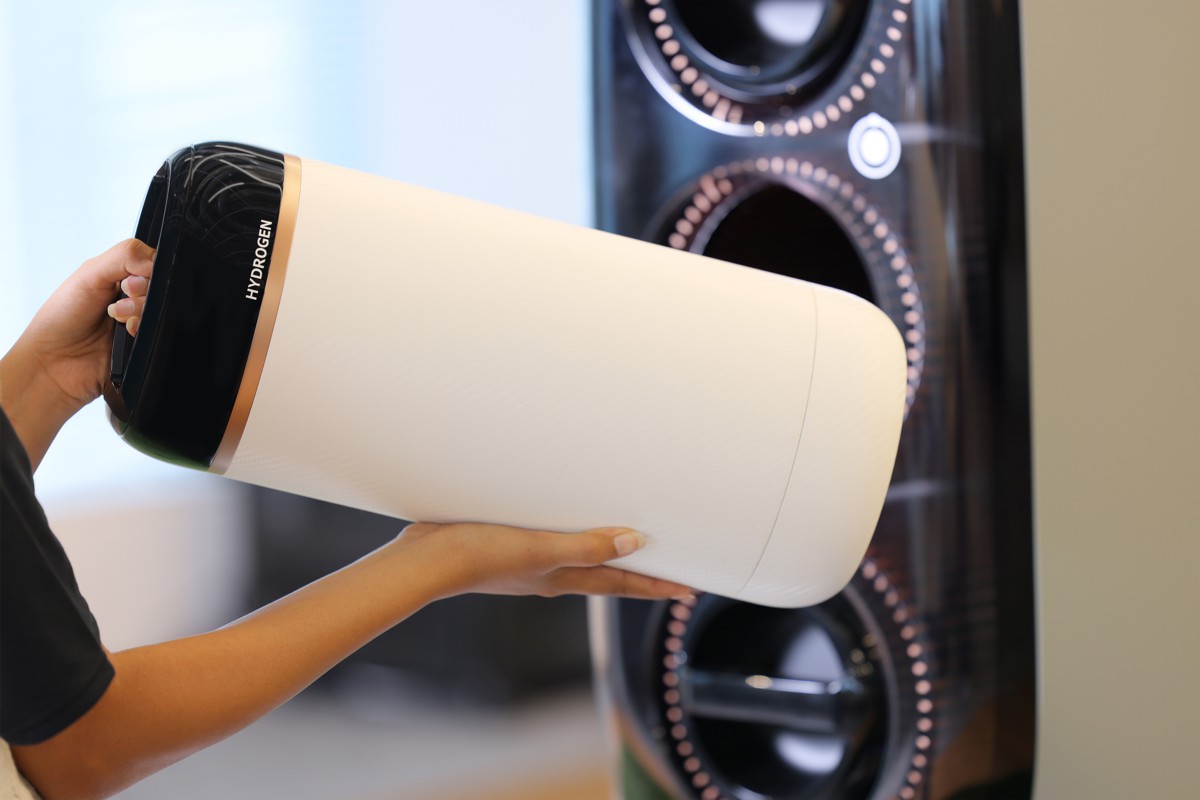H3 Dynamics develops prototype Hydrogen Aircraft Propulsor Nacelle
H3 Dynamics has successfully completed the world’s first fully integrated hydrogen-electric propulsion aircraft nacelle, the core enabling power solution for propulsion of future hydrogen aircraft designs.
In the coming years, such a distributed hydrogen electric propulsion architecture could fly 19, 80 or even over 100 passengers, allowing airlines to cover medium and long-haul routes over 2500 km, beyond the short-haul flight distances targeted by emerging battery-based aircraft.
Instead of a single centralized hydrogen fuel cell system, H3 Dynamics distributes multiple integrated powertrains incorporating batteries, fuel cells, hydrogen storage, and smaller electric motors across the wings. This means the size of each fuel cell system, hybrid battery pack, and heat management challenges all become smaller, making systems more manageable and safer.

In 2018, H3 Dynamics filed international patents for full-scale distributed hydrogen propulsion and announced plans for “Element One”, a visionary hydrogen aircraft that applies this technology. Two years later a global hydrogen aviation movement was born: industry leaders announced new hydrogen aircraft plans and startups formed in a new race to the skies.
“Today’s announcement marks a key milestone for H3 Dynamics and the broader aviation industry,” stated Founder and CEO Taras Wankewycz. “It’s the world’s first real-working propulsion system capable of being distributed on the wings of new zero emission aircraft.”
H3 Dynamics has been working alongside the realities of safety certification timelines and entering the market with lower risk, reduced weight unmanned platforms, progressing step by step towards heavier cargo and manned platforms.

H3 Dynamics’ new hydrogen propulsion systems will begin flight tests in France in the coming weeks.












